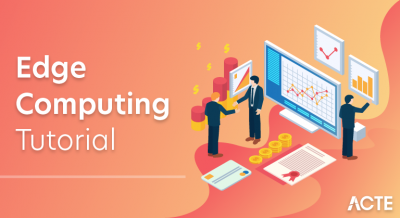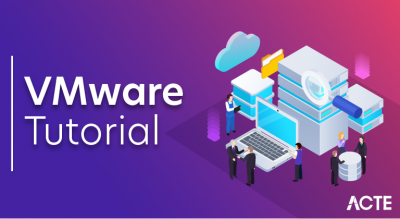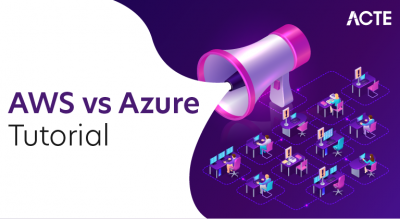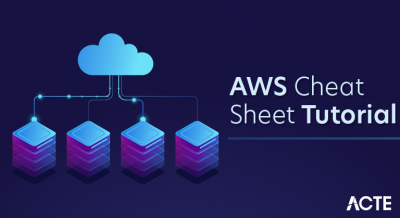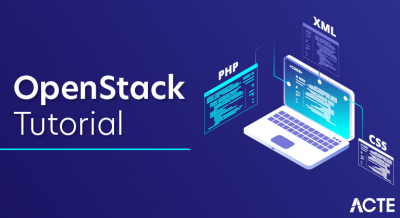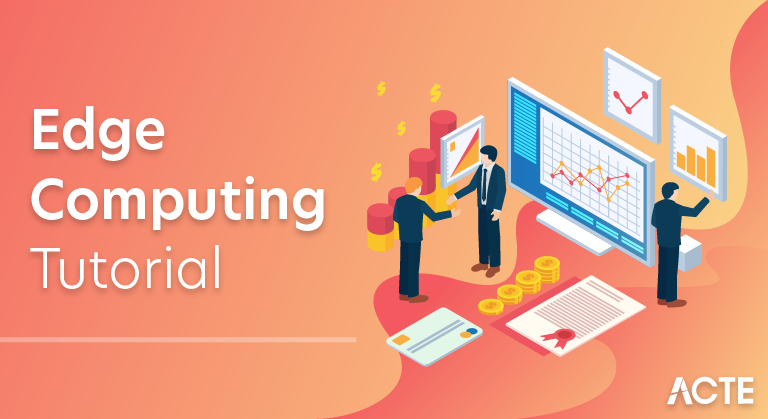
What is Edge Computing:
An Edge Computing Tutorial. Edge Computing (EC) is an emerging technology that has made it possible to process the large volume of data generated by devices connected to the Internet, through the Internet of objects (IO).
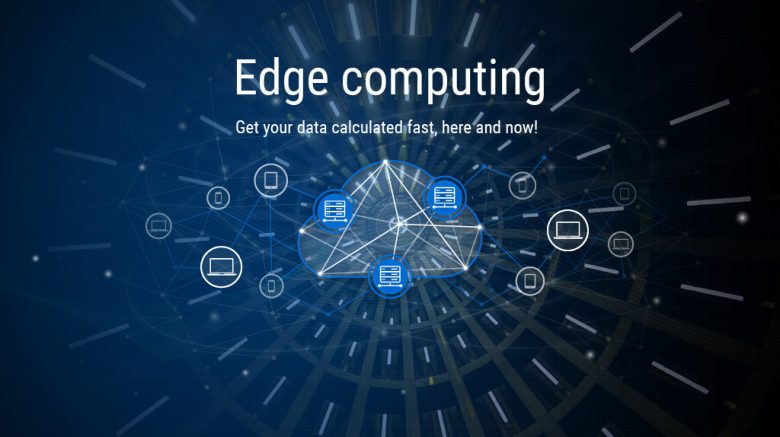
Edge computing is a networking philosophy focused on bringing computing as close to the source of data as possible in order to reduce latency and bandwidth use. In simpler terms, edge computing means running fewer processes in the cloud and moving those processes to local places, such as on a user’s computer, an IoT device, or an edge server. Bringing computation to the network’s edge minimizes the amount of long-distance communication that has to happen between a client and server.We can define edge computing as a distributed IT architecture that makes it possible to process data on the periphery – as close to the originating source as possible. If all this sounds gibberish, hold on.The past decade has seen tremendous growth in the number of internet-connected devices, which has given rise to a technology known as the Internet of Things (IoT). Simply put, IoT is just a concept of inter-connecting various devices and connecting each of the devices to the internet with a simple on/off switch. This includes everything from cell phones, coffee makers, fridge, washing machines, wearable devices, and any device you can think of that easily connects to any device and transfers data seamlessly.As IoT started gaining momentum, a problem arose – that of dealing with the data from these inter-connected devices. There’s no need to remind us that the data we’re talking about is terabytes in size. Traditionally, the data collected from these devices was sent to the organisation’s central cloud for processing. However, it was a rather time taking process, owing to the size of the data files. Transferring such large datasets over the network to a central cloud can also expose sensitive organisational data to vulnerabilities.
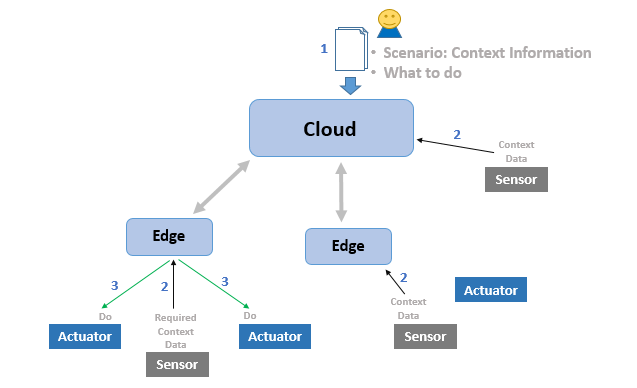
Edge computing came into the picture to tackle all this and more. Now, have a look at the first para again and allow us to walk you through the definition slowly.
The name ‘edge computing’ refers to computation around the corner/edge in a network diagram. Edge computing pushes all the significant computational processing power towards the edges of the mesh. Like we said earlier – as close to the originating device as possible.
How does this help?
Consider a smart traffic light. Instead of calling home whenever in need of data analysis, if the device is capable of performing analytics in-house, it can accomplish real-time analysis of streaming data and even communicate with other devices to finish tasks on the go. Edge computing, therefore, speeds up the entire analysis process, enabling quick decision-making.Edge computing is also beneficial for the organisations as it helps them cut down costs that were earlier incurred on transferring data sets over a network. Other than that, it also allows the organisations to filter out the useful data from the device’s periphery itself – thereby enabling organisations to collect only valuable data and ensuring them to cut down costs on cloud computing and storage. Further, edge computing also reduces the response time to milliseconds, all the while conserving the network resources. Using edge computing, we don’t necessarily need to send the data over a network. Instead, the local edge computing system is responsible for compiling the data and sending frequent reports to the central cloud storage for long-term storage. Clearly, by only sending the essential data, edge computing drastically reduces the data that traverses the network.The deployment of Edge Computing is ideal in a variety of situations. One such case is when the IoT devices have weak internet connectivity, and it’s not practical for them to be connected to a central cloud constantly.Other such situations can be when there’s a requirement of latency-sensitive processing of data. Edge computing eliminates the factor of latency as the data does not need to be transferred over a network to central cloud storage for processing. This is ideal for financial or manufacturing services where latencies of milliseconds are challenging to achieve.One more use case for edge computing has been the development of the next-gen 5G cellular networks.
Kelly Quinn, a research manager at IDC and an expert in edge computing, predicts that as telecom providers incorporate 5G into their wireless networks, they will start adding micro-data centres by either integrating into or locating adjacent to the 5G towers. Business customers would be able to own or rent space in these micro-data centres to perform edge computing and have direct access to a gateway into the telecom provider’s central network, which can be connected to a public IaaS cloud provider.Let’s take a look at some other use cases of Edge Computing:
- Drones are capable of reaching remote places that humans can’t even think of. Edge computing enables these drones to review, analyze, and respond to the analysis in real-time. For instance, if a drone finds any emergency situation, it can instantaneously provide valuable information to people nearby without having first to send the data over a network and then receive the analysis.
- Augmented Reality– The introduction of edge computing has taken Augmented Reality a step further. An edge computing platform can provide highly localised data targeted at the user’s point of interest; thereby enhancing the AR services.
- Automated vehicles– Giants like Google and Uber are coming up with self-driving cars. Edge computing plays a crucial role in the development of such automatic vehicles. These vehicles can process and transmit vital data in real-time to other vehicles commuting nearby using edge computing. These giants aim to make such self-driving cars a consumer reality by 2020. With the introduction of such automated vehicles, we’re sure to see a decrease in the number of lives lost due to automobile accidents.
- Having said all this, there are still some compromises and challenges that can’t be neglected when talking about edge computing. First of all, only a minute subset of the whole data is processed and analyzed on edge. Then, the analysis of this data is transmitted over the network.
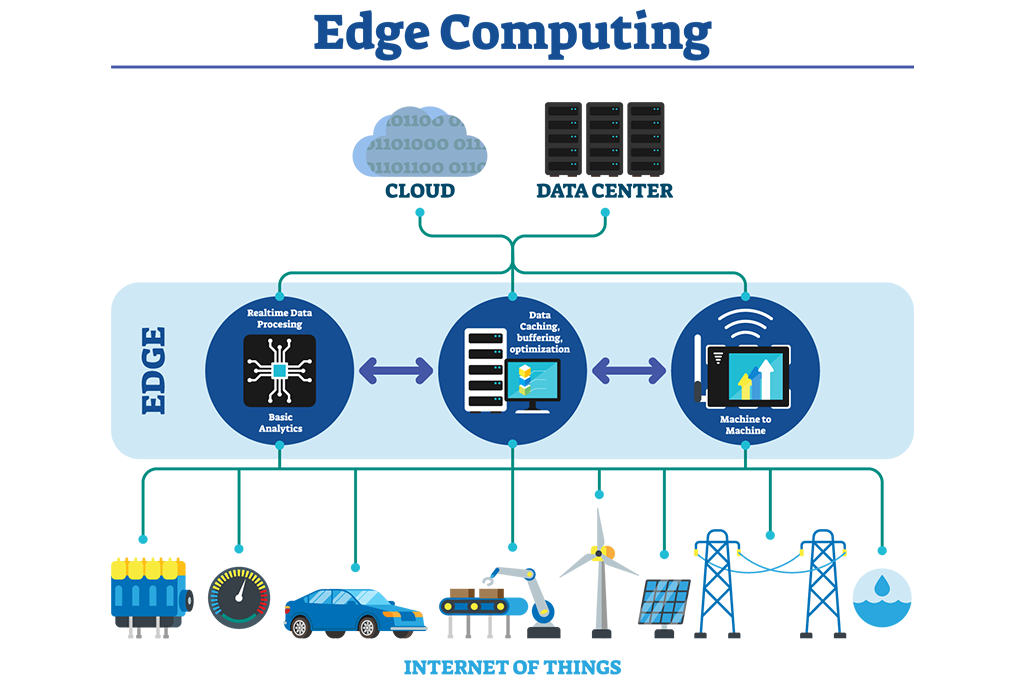
This means that we are ideally disregarding some of the raw, unanalyzed data, and potentially missing out on some insights. Again, an important question arises – how bearable is this “loss” of data? Does the organisation need the whole data or is the result generated enough for them? Will missing out on some data negatively affect the organisation’s analysis?
There’s no correct answer to these questions. An aeroplane system can’t afford to miss any data, even a bit of it (no pun intended), so, all of the data should be transferred and analyzed to detect trends and patterns. But, transferring data during flight time is not a good idea. So, a better approach will be to collect the data offline and perform edge computing during the flight time. All in all, edge computing is not a panacea in the world of Information Technology. It is a relatively newer technology that offers a host of benefits. However, it’s still important to know if it fits your organisation’s needs or not.The bottom line is that data is valuable. All data that can be analyzed should be analyzed to detect patterns and gain insights. In today’s world, data-driven companies are making a lot more progress compared to the traditional ones. Edge Analytics is a new and exciting space and is an answer for maintenance and usability of data, and we can expect to see many more exciting applications of the same in the years to come.
What’s an example of edge computing?
Consider a building secured with dozens of high-definition IoT video cameras. These are ‘dumb’ cameras that simply output a raw video signal and continuously stream that signal to a cloud server. On the cloud server, the video output from all the cameras is put through a motion-detection application to ensure that only clips featuring activity are saved to the server’s database. This means there is a constant and significant strain on the building’s Internet infrastructure, as significant bandwidth gets consumed by the high volume of video footage being transferred. Additionally, there is a very heavy load on the cloud server that has to process the video footage from all the cameras simultaneously.
Now imagine that the motion sensor computation is moved to the network edge. What if each camera used its own internal computer to run the motion-detecting application and then sent footage to the cloud server as needed? This would result in a significant reduction in bandwidth use, because much of the camera footage will never have to travel to the cloud server. Additionally, the cloud server would now only be responsible for storing the important footage, meaning that the server could communicate with a higher number of cameras without getting overloaded. This is what edge computing looks like.
What are the benefits of edge computing?
As seen in the example above, edge computing helps minimize bandwidth use and server resources. Bandwidth and cloud resources are finite and cost money. With every household and office becoming equipped with smart cameras, printers, thermostats, and even toasters, Statista predicts that by 2025 there will be over 75 billion IoT devices installed worldwide. In order to support all those devices, significant amounts of computation will have to be moved to the edge.
Another significant benefit of moving processes to the edge is to reduce latency. Every time a device needs to communicate with a distant server somewhere, that creates a delay. For example, two coworkers in the same office chatting over an IM platform might experience a sizable delay because each message has to be routed out of the building, communicate with a server somewhere across the globe, and be brought back before it appears on the recipient’s screen. If that process is brought to the edge, and the company’s internal router is in charge of transferring intra-office chats, that noticeable delay would not exist.Similarly, when users of all kinds of web applications run into processes that have to communicate with an external server, they will encounter delays. The duration of these delays will vary based upon their available bandwidth and the location of the server, but these delays can be avoided altogether by bringing more processes to the network edge.
In addition, edge computing can provide new functionality that wasn’t previously available. For example, a company can use edge computing to process and analyze their data at the edge, which makes it possible to do so in real time.
To recap, the key benefits of edge computing are:
- Decreased latency
- Decrease in bandwidth use and associated cost
- Decrease in server resources and associated cost
- Added functionality
What are the drawbacks of edge computing?
One drawback of edge computing is that it can increase attack vectors. With the addition of more ‘smart’ devices into the mix, such as edge servers and IoT devices that have robust built-in computers, there are new opportunities for malicious actors to compromise these devices.Another drawback with edge computing is that it requires more local hardware. For example, while an IoT camera needs a built-in computer to send its raw video data to a web server, it would require a much more sophisticated computer with more processing power in order for it to run its own motion-detection algorithms. But the dropping costs of hardware are making it cheaper to build smarter devices.One way to completely mitigate the need for extra hardware is to take advantage of edge servers. For example, with Cloudflare’s network of 194 geographically distributed edge servers, Cloudflare customers can have edge code running worldwide using Cloudflare Workers.
AWS IoT for the Edge:
Building a successful IoT solution depends on the tens of billions of devices that sit at the edge, in our homes and offices, in factories and oil fields and agricultural fields, in planes and ships, and automobiles – everywhere. With AWS IoT services, you can harness the data generated by your IoT edge devices and enable them to act intelligently.
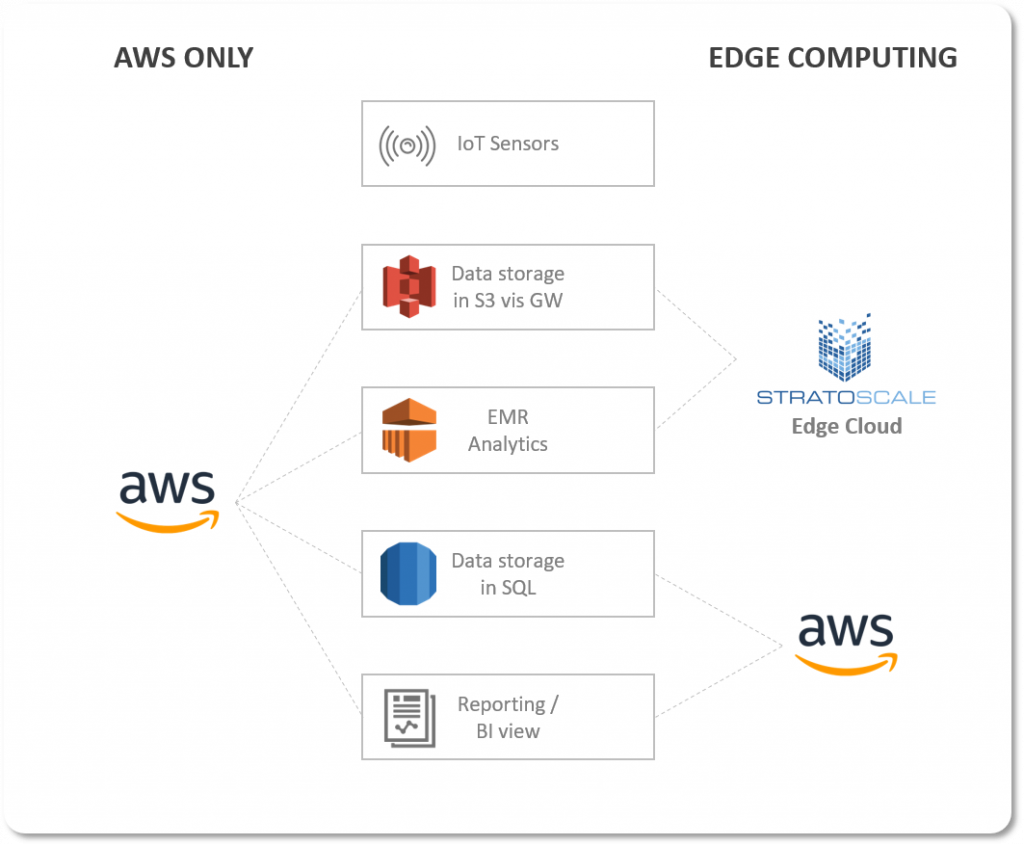
AWS offers a variety of services for edge devices. AWS IoT Greengrass seamlessly extends AWS to edge devices so they can act locally on the data they generate, while still using the cloud for management, analytics, and durable storage. FreeRTOS is an open source, real-time operating system for microcontrollers that makes small, low-power edge devices easy to program, deploy, secure, connect, and manage. AWS IoT Device Tester is a test automation tool for IoT devices that you can use to easily determine if your device will run FreeRTOS or AWS IoT Greengrass and interoperate with AWS IoT services.
Why AWS IoT for the Edge
Accelerate Development
AWS IoT services reduce the development burden by providing qualified hardware, pre-integrated security and connectivity libraries and software connectors, Over-the-Air (OTA) update capabilities, and enabling edge-to-cloud security.
Run ML Inference 2X Faster
Develop machine learning models in the cloud and deploy them locally to your edge devices. You can use Amazon SageMaker to deploy ML models that run twice as fast as hand tuning or ML frameworks and are less than a tenth of the memory footprint to run on resource-constrained devices.
Operate Locally
You can enable devices to respond to events in near real time by deploying AWS Lambda functions to use local resources like cameras, serial ports, or GPUs. Groups of devices can stay operational, even without an Internet connection, by connecting via a local network.
Build Cost Effectively
Reduce development costs with low-cost MCU hardware, license-free software, and applications built with serverless infrastructure and microservices architectures. To reduce cloud storage and cellular connectivity costs, data can be filtered at the edge and transmitted only when needed or via Bluetooth LE.
Secure Device Data, Connectivity, and Communication
AWS IoT edge software helps you secure your devices, connectivity, and data. FreeRTOS comes with libraries to help secure device data and connections, including support for data encryption and key management, as well as provides a code signing feature at OTA updates. AWS IoT Greengrass authenticated and encrypted device data for both local and cloud communications so that data is never exchanged between devices and the cloud unprotected. You can also leverage hardware-secured end-to-end encryption for messages sent between an AWS IoT Greengrass Core and the AWS cloud, and messages between an AWS IoT Greengrass Core and other local devices using the AWS IoT Device SDK.
IBM Solutions for 5G and Edge Computing
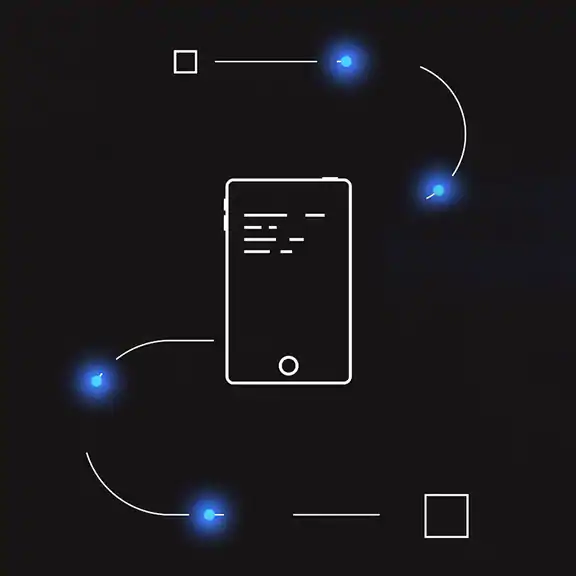
Edge computing with 5G creates tremendous opportunities in every industry. It brings computation and data storage closer to where data is generated, enabling better data control, reduced costs, faster insights and actions, and continuous operations. In fact, by 2025, 75% of enterprise data will be processed at the edge, compared to only 10% today.
IBM on its edge computing, telco cloud and 5G strategy
The notion of ecosystem development is a recurring part of the edge conversation. The idea is that a diversity of technologies and use cases need to be developed, requiring buy-in and coordination between not just technology vendors and network operators but also the end users who have unique problems. Similar technology can be brought to bear for AI-based video analytics for manufacturing quality control and access control for a commercial high-rise, but the buyer will have specific requirements related to its own IT structure, desired outcome, security and so forth.
Writing about the IBM Edge Ecosystem in a recent blog, Evaristus Mainsah, GM of the Cloud Paks Ecosystem, noted that, “making the promise of edge a reality requires an open ecosystem with diverse participants.” The goal of its ecosystem development play is enable customers “to move data and applications seamlessly between private data centers, hybrid multi-cloud environments and the edge…IBM business partners can help their clients take advantage of 5G while acting on insights closer to where data is created by people, places and things.”
Specific edge products announced at IBM Think Digital include:
- IBM Edge Application Manager to operate AI, analytics and IoT workloads; a single administrator can manage up to 10,000 edge nodes at the same time, according to the company.
- A range of edge apps and services for sets of vertical use cases, including IBM Visual Insights, IBM Production Optimization, IBM Connected Manufacturing, IBM Asset Optimization, IBM Maximo Worker Insights and IBM Visual Inspector.
- And the IBM Telco Network Cloud Manager for automated orchestration of virtualized network functions.
Core to the edge value proposition is near real-time ability to process data, largely data collected from IoT devices which run the gamut from HD cameras and motion sensors to drones and manufacturing robotics. Point being, 5G is complex and enabling the edge through a combination of distributed and centralized computing resources is just another vector of complexity.
As IBM’s Marisa Viveros, vice president of strategy and offerings, Telecom, Media and Entertainment Industry, IBM Industry Platform, put it in a blog, in order to deliver innovative new 5G services, service providers “need to act quickly as 5G becomes more available…As we advance into the world of 5G, providers will need to transform their networks into hybrid multi-cloud platforms that can support large volumes of data and that can rapidly adapt to new challenges.”
To get an idea of what this looks like in practice, IBM is working Singaporean carrier M1 and Samsung to trial 5G for manufacturing, including the use of AI and augmented reality for things like video analytics and predictive maintenance. Singapore has identified several key verticals for 5G adoption — including healthcare, manufacturing and maritime — and has set aside SG$40 million to develop the necessary supporting infrastructure and ecosystem.Reflecting on IBM’s telco cloud and edge announcements in a piece published by Forbes, Will Townsend, senior analyst, Careers and Enterprise Networking, at Moor Insights and Strategy, described the company’s goal as creating “blueprints to speed operator deployment of 5G edge-enabled solutions that have the potential to drive disruption in manufacturing, supply chain management, and more. IBM has incredible depth from a services perspective, and I expect that operators will see the value.”
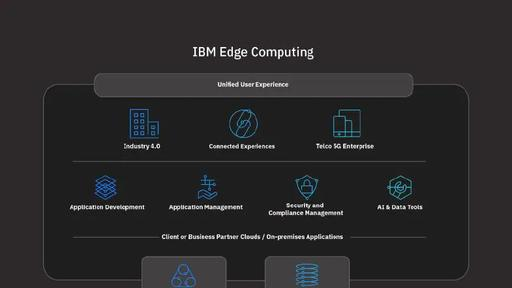
IBM provides an autonomous management offering that addresses the scale, variability and rate of change in edge environments. IBM also offers solutions to help telcos modernize their networks and deliver new services at the edge.
Modernize telecom networks to deliver new services at the edge
Historically, telcos operated networks on hardware with specialized software, locking them in to the appliance provider. With 5G and edge, they can now process data both at the core and edge across multiple clouds, making it easier to create and manage digital services that enterprise customers demand. IBM telco network cloud solutions are based on IBM hybrid cloud capabilities, including integration with Red Hat OpenShift. Telcos can transform their networks into cloud platforms that will deliver new edge-enabled services to customers faster and reduce operational and capital expenditures.
- Introducing IBM Telco Network Cloud Manager
- Explore IBM solutions for network transformation
- See how Nextel reduced response times by 83%
Conclusion:
As IoT becomes more pervasive, edge computing will do the same. The ability to analyze data closer to the source will minimize latency, reduce the load on the internet, improve privacy and security, and lower data management costs.Hope you have found all the details that you were looking for, in this article.

